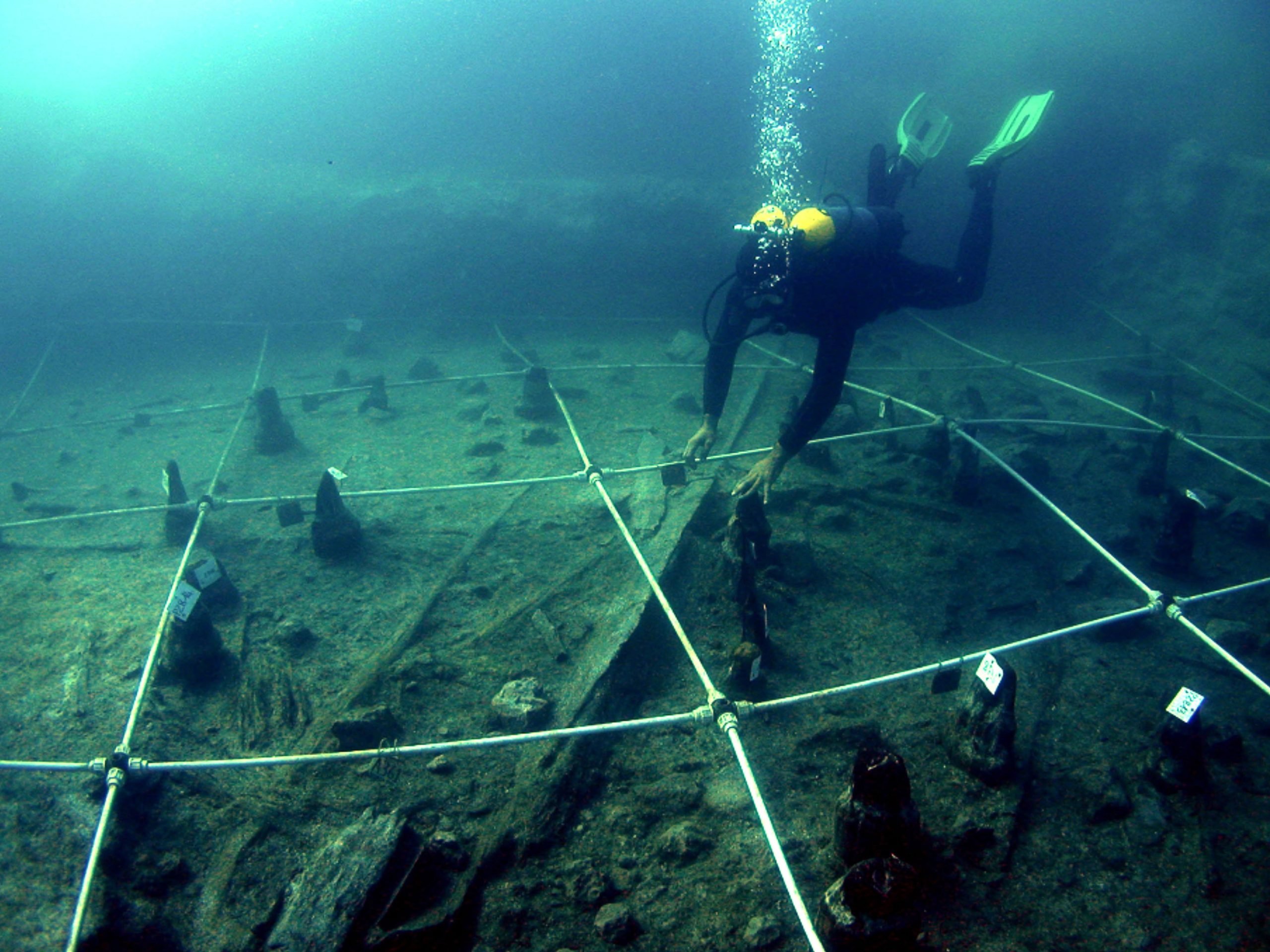In the 1960s, paleoanthropologists uncovered the remains of anatomically modern Homo sapiens — known as Omo I — in the lower Omo valley of southern Ethiopia. Earlier attempts to date the Omo I fossils suggested they were 197,000 years old, but the new research shows they must be older than a major explosive eruption of Shala volcano in the Main Ethiopian Rift that took place 230,000 years ago and represent the earliest evidence of our species, Homo sapiens.
In the research, Professor Clive Oppenheimer from the University of Cambridge and the McDonald Institute for Archaeological Research and his colleagues attempted to date all the major volcanic eruptions in the Ethiopian Rift around the time of the emergence of Homo sapiens, a period known as the Late Middle Pleistocene.
The researchers collected pumice rock samples from the volcanic deposits and ground them down to sub-millimeter size.
“Each eruption has its own fingerprint — its own evolutionary story below the surface, which is determined by the pathway the magma followed,” said Dr. Céline Vidal, a researcher in the Department of Geography at the University of Cambridge.
“Once you’ve crushed the rock, you free the minerals within, and then you can date them, and identify the chemical signature of the volcanic glass that holds the minerals together.”
The scientists carried out new geochemical analysis to link the fingerprint of the thick volcanic ash layer from the Kamoya Hominin Site with an eruption of Shala volcano, more than 400 km away.
They then dated pumice samples from the volcano to 230,000 years ago.
Since the Omo I fossils were found deeper than this particular ash layer, they must be more than 230,000 years old.
“When I received the results and found out that the oldest Homo sapiens from the region was older than previously assumed, I was really excited,” Dr. Vidal said.
“The Omo Kibish Formation is an extensive sedimentary deposit which has been barely accessed and investigated in the pastm,” added Professor Asfawossen Asrat, a researcher in the School of Earth Sciences at Addis Ababa University and the Department of Mining and Geological Engineering at the Botswana International University of Science and Technology.
“Our closer look into the stratigraphy of the Omo Kibish Formation, particularly the ash layers, allowed us to push the age of the oldest Homo sapiens in the region to at least 230,000 years.”
“Unlike other Middle Pleistocene fossils which are thought to belong to the early stages of the Homo sapiens lineage, Omo I possesses unequivocal modern human characteristics, such as a tall and globular cranial vault and a chin,” said Dr. Aurélien Mounier, a researcher with the Musée de l’Homme in Paris and the Department of Archaeology at the University of Cambridge.
“The new date estimate, de facto, makes it the oldest unchallenged Homo sapiens in Africa.”
“It’s probably no coincidence that our earliest ancestors lived in such a geologically active rift valley — it collected rainfall in lakes, providing fresh water and attracting animals, and served as a natural migration corridor stretching thousands of kilometers,” Professor Oppenheimer said.
“The volcanoes provided fantastic materials to make stone tools, and from time to time we had to develop our cognitive skills when large eruptions transformed the landscape.”
A paper on the findings was published in the journal Nature.
_____
C.M. Vidal et al. Age of the oldest known Homo sapiens from eastern Africa. Nature, published online January 12, 2022; doi: 10.1038/s41586-021-04275-8
Note: This article have been indexed to our site. We do not claim legitimacy, ownership or copyright of any of the content above. To see the article at original source Click Here













